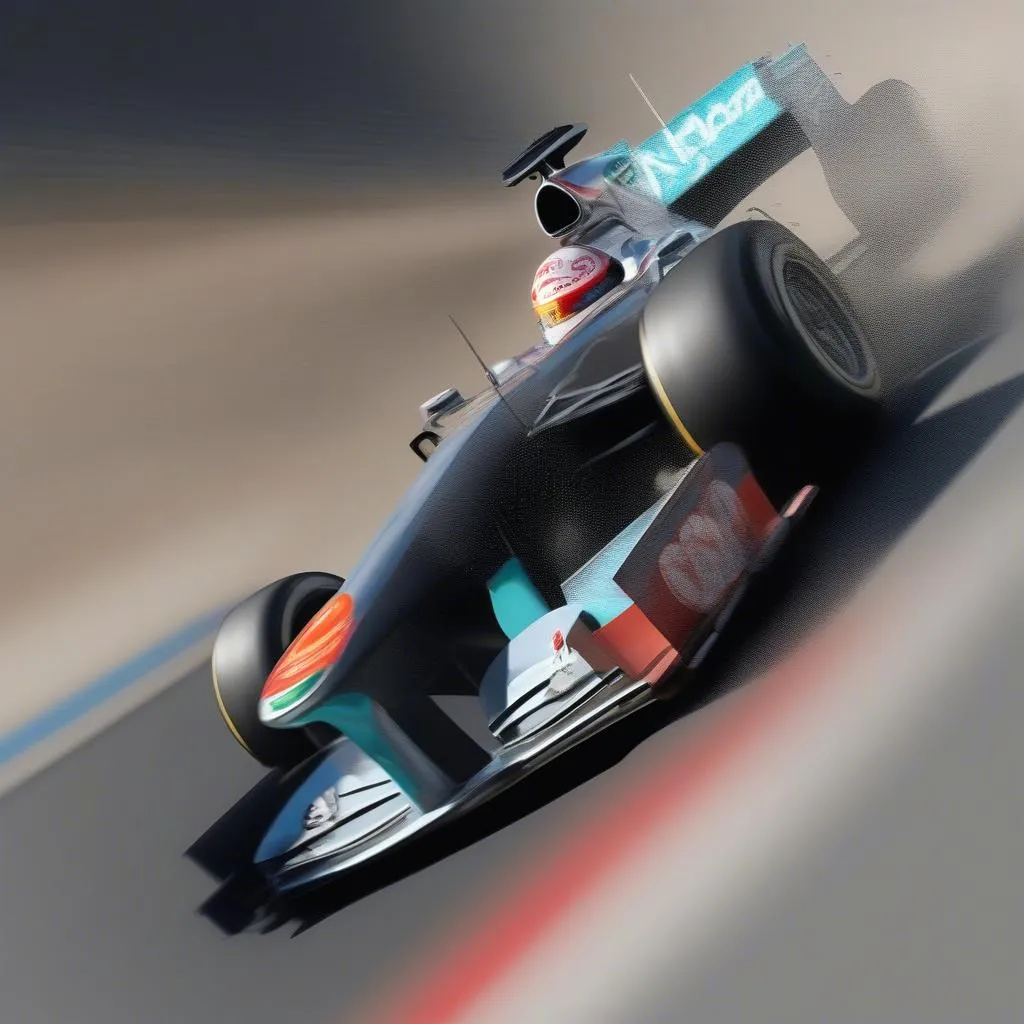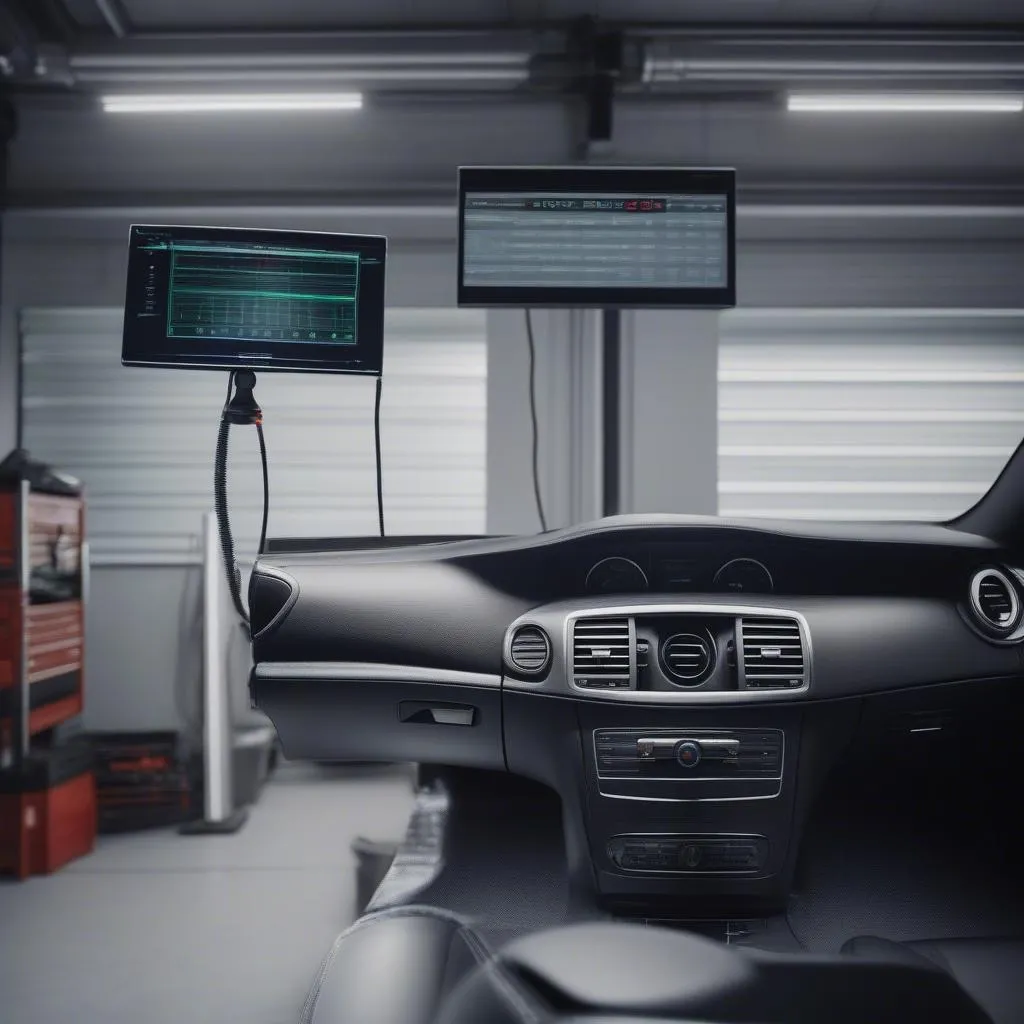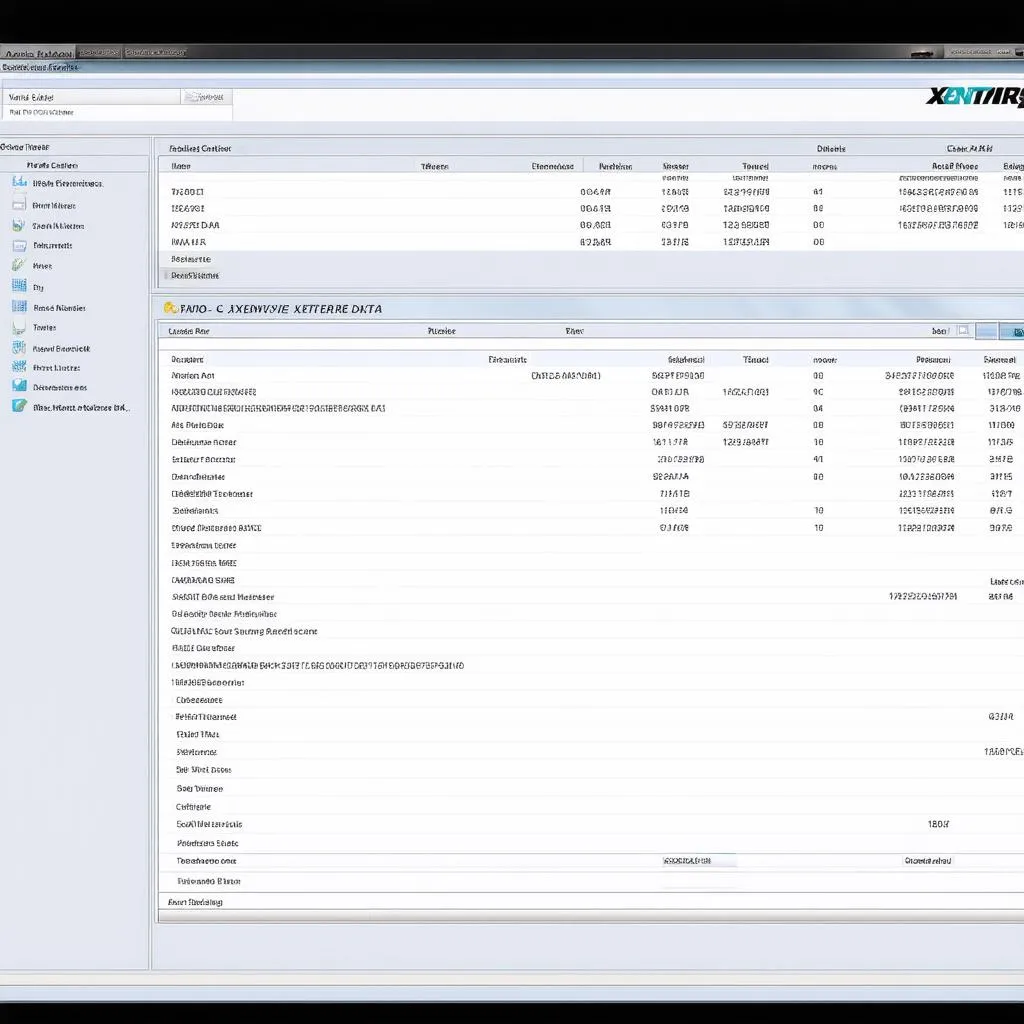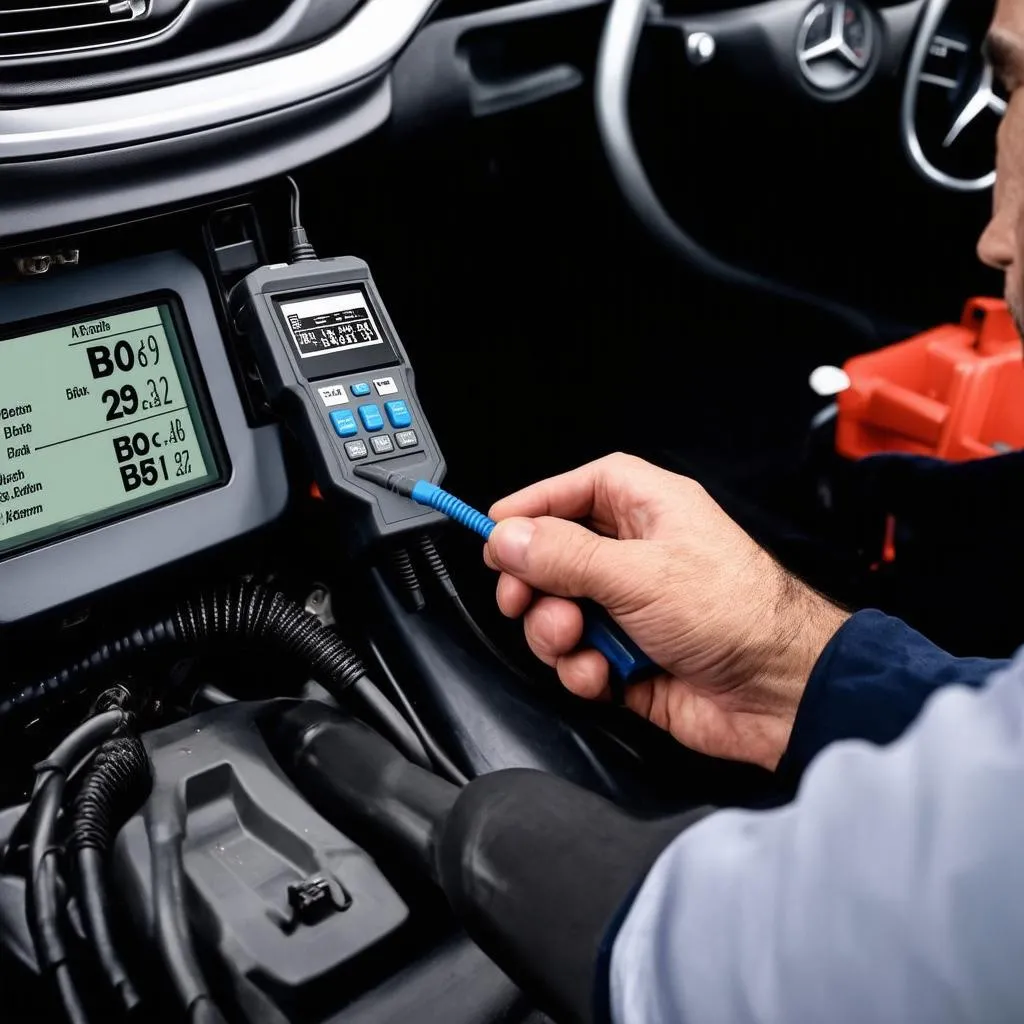The Mercedes-Benz W13 Formula 1 car turned heads with its radical design, but it also gained notoriety for its intense porpoising. This bouncing phenomenon, observed across many 2022 F1 cars, left drivers and engineers searching for solutions. So, will Mercedes fix porpoising?
Understanding the Porpoise: Why Did It Happen?
Porpoising, also known as ground effect bouncing, stems from the new aerodynamic regulations introduced in 2022. These rules emphasized ground effect downforce, where cars generate downforce by channeling air under the floor.
As the car gains speed, the downforce increases, sucking the car down towards the track. At a certain point, the airflow stalls, causing the car to rise again. This cycle repeats rapidly, creating the bouncing motion known as porpoising.
 f1 car porpoising
f1 car porpoising
Identifying Porpoising in Your Mercedes
While you likely won’t experience F1-level porpoising in a road car, certain Mercedes models might exhibit similar symptoms, albeit less dramatic. If you notice excessive bouncing, particularly at high speeds, or feel a loss of stability, it could be related to aerodynamic issues. However, other factors like suspension problems can also cause similar symptoms.
 mercedes car diagnostics
mercedes car diagnostics
Tools for Diagnosis and Solutions
Diagnosing and addressing porpoising often requires specialized equipment and expertise. Here’s what might be needed:
- Advanced diagnostics tools: Tools like those offered by Cardiagtech can help analyze your car’s suspension and aerodynamic systems for potential issues.
- Wind tunnel testing: For professional motorsport teams, wind tunnels are crucial for visualizing and analyzing airflow around the car. This helps pinpoint areas causing porpoising.
- Ride height sensors: Accurate ride height measurement is crucial for understanding the car’s behavior.
Potential Fixes and Mitigation Strategies
Addressing porpoising involves a combination of aerodynamic and setup adjustments:
- Ride height adjustments: Increasing the ride height can reduce the intensity of porpoising, but at the cost of downforce and performance.
- Suspension tuning: Stiffer suspension can help control the bouncing, but may impact ride comfort.
- Aerodynamic modifications: Teams can modify various components, such as the floor, diffuser, and wings, to optimize airflow and reduce porpoising.
FAQs: What Mercedes Owners Want to Know
Q: Has Mercedes completely solved porpoising in their cars?
While Mercedes has made significant progress in mitigating porpoising, it’s an ongoing challenge. The delicate balance between performance and stability means teams are constantly refining their designs.
Q: Can I fix porpoising in my Mercedes myself?
Diagnosing and fixing aerodynamic issues like porpoising is complex and best left to professionals with specialized equipment and expertise.
Q: Will porpoising damage my car?
While uncomfortable, short-term porpoising is unlikely to cause significant damage. However, prolonged or extreme bouncing can put stress on various components.
CARDIAGTECH offers a range of diagnostic tools and resources to help you understand and maintain your Mercedes. For complex issues like porpoising, consult a qualified Mercedes technician.
Conclusion: A Balancing Act
Fixing porpoising is a continuous process of innovation and refinement. Mercedes, like other teams, is committed to finding solutions that maintain performance while ensuring driver comfort and safety. While the “porpoise” might not disappear entirely, its impact will likely lessen as teams gain a deeper understanding of ground effect aerodynamics.


